Introduction
Incense has been integral to spiritual traditions across religions for thousands of years. The billows of fragrant smoke produced by incense are believed to carry prayers and offerings to the deities. It is also thought to hold cleansing and purifying properties. India has a long tradition of using different types of incense made from natural ingredients in rituals and ceremonies. Some of the most popular incense varieties used include agarbattis, dhoop, dhoop battis and sambrani.
In contemporary times, incense continues to be widely used for meditation, yoga, and prayer. Its tranquilizing aroma helps induce a relaxed state of mind. With growing environmental consciousness, many brands have also started producing organic and herbal incense without harmful chemicals. This article explores some commonly found incense varieties in India, as well as their characteristics and usage. Understanding the different options helps one choose the right incense according to the purpose and space.
We often find it hard to find organic dhoop cones or bamboo less dhoop sticks
That is why at the end we will also provide suggestions.
Incense are the most widely available form. Dhoop cones and battis are thicker variations. Sambrani cups burn for longer durations, suiting large spaces.
Each type has its unique fragrance and benefits.
Incense Sticks
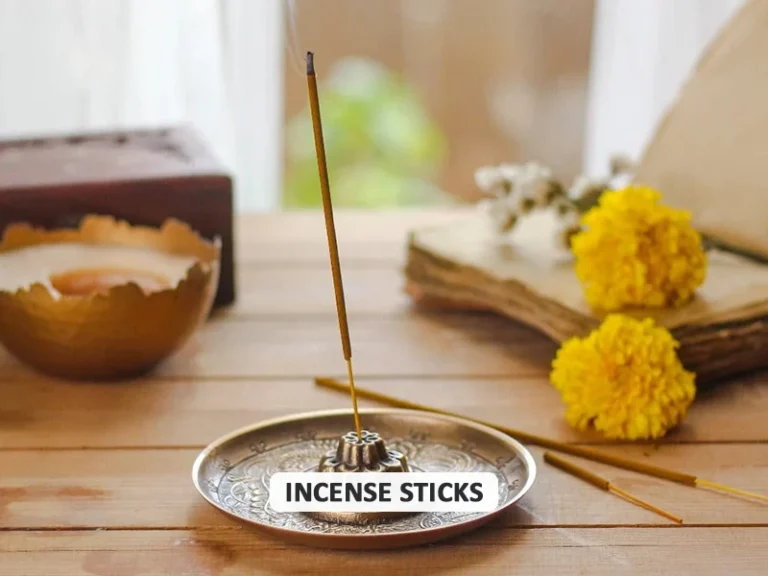
Incense sticks, also known as agarbatti in Hindi, are one of the most popular and accessible forms of incense. Depending on the essential oils and plant extracts used, they come in various fragrances. Some of the best agarbatti fragrances commonly found in India include rose, sandalwood, lavender, and Guggal. These fragrance incense sticks are also the best-scented agarbatti.
Incense sticks are mass-produced and, therefore, affordable. They burn cleanly and produce a lovely fragrance as they slowly burn away. Many brands now offer natural and herbal varieties made with essential oils from plants, flowers, and herbs for those looking for organic incense sticks.
Now, consider sustainability and quality while choosing or determining the best agarbatti fragrance or most fragrant incense sticks. Sometimes, we tend to take the chemical, artificial route, which is detrimental to health and the environment
Dhoop Cones
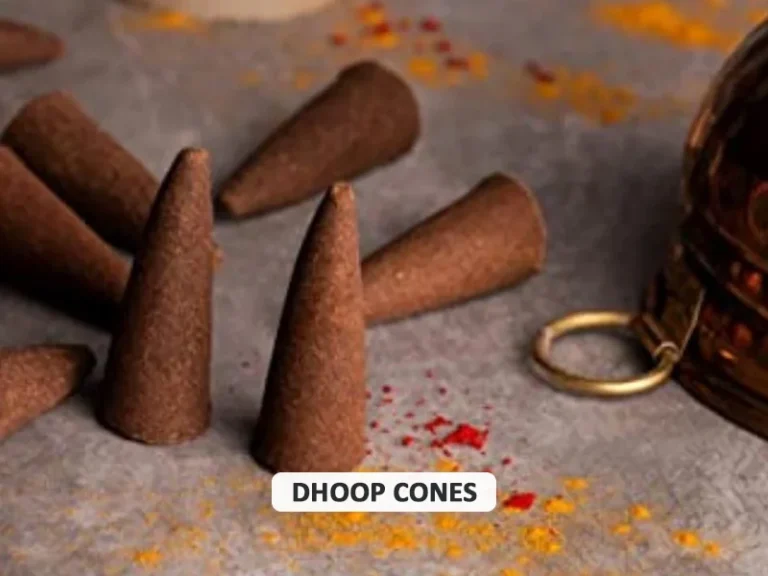
Dhoop cones, also spelled as dhoop cones, are hand-rolled incense cones made from a paste of resins, herbs, clays, and essential oils. They tend to be thicker and longer lasting than incense sticks. Organic dhoop cones are especially popular now as they use natural ingredients without any chemicals. Popular fragrances in organic dhoop cones include nag champa, sandalwood, and lemongrass. Dhoop cones produce billows of fragrant smoke as they smolder, filling large spaces with pleasant aromas. Those performing pujas, meditation, or other rituals sometimes prefer them.
Dhoop Sticks
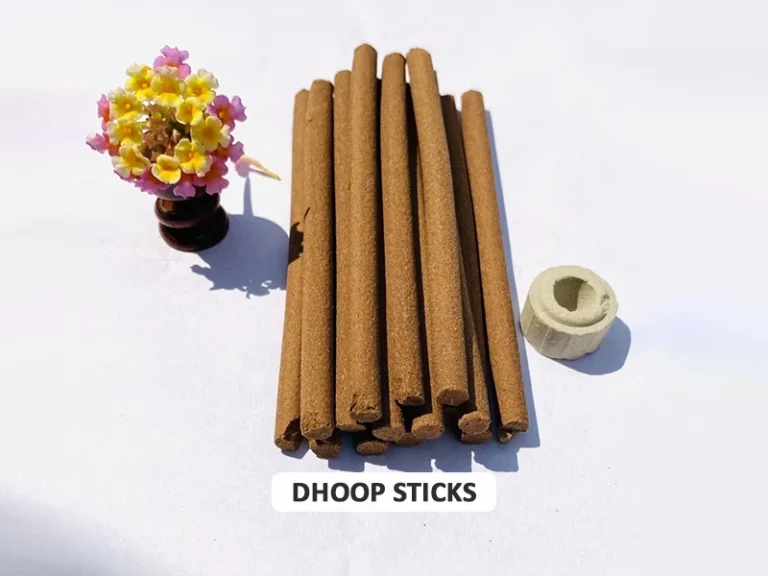
Dhoop sticks, also known as dhoopbatis, are hand-rolled incense sticks thicker than regular ones. They typically come in longer lengths as well. Most traditional dhoop sticks are made from gum Arabic, ash ghai (bamboo), essential oils, and sometimes cow dung for an aromatic base note. However, bamboo-less dhoop sticks that do not use ash ghai are now also available. Premium varieties that use superior ingredients like sandalwood powder, vetiver, etc., produce rich, lingering aromas. Some of the best fragranced natural dhoop sticks are made with cow dung, Kesar, and other herbs.
Many studies have repeatedly shown that cow dung dhoop sticks also have anti-bacterial benefits, so try incorporating them.
Sambrani Cups
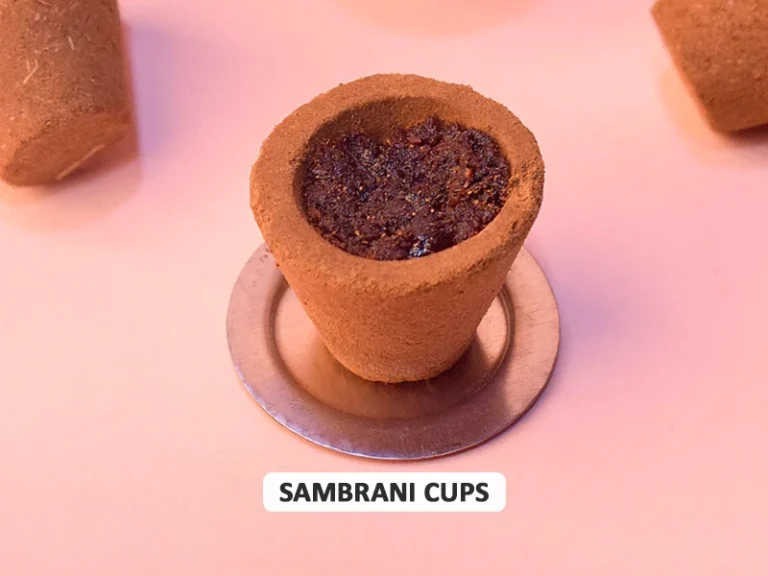
Sambrani cups are incense cups filled with combustible materials like dried leaves, herbs, resins, essential oils, and sometimes cow dung. Popular varieties include dried rose flowers, sandalwood powders, and guggal extracts. They usually burn longer than other forms—up to several hours. The smoldering material inside the cup spreads fragrance in a wide area over long durations, making them suitable for large spaces. Sambrani cups are used in Hindu temples as the most fragrant incense option for perfuming prayer halls.
Hawan cups are significant in our culture, so we opting to ensure the sourcing and composition.
Conclusion
So, with this, we have reached the end of our blog.
Overall, incense holds historical and spiritual significance across cultures. Its slow-burning nature makes it suitable for rituals conducted over long periods. Choosing the right variety for usage helps maximize the olfactory experience and benefits. With growing demand, manufacturers are also focusing on natural, chemical-free options.
In the future, more innovative forms of incense can be expected to enter the market. Brands specializing in herbal incense, like Nira Fragrances, are leading the way. Nira offers hand-rolled incense sticks, cones, and sticks made using premium herbs, essential oils, and natural binders. Their products burn cleanly without leftover ash and spread rich aromatic tones extensively. As people increasingly prefer eco-friendly options, such brands fulfilling the dual requirements of efficacy and sustainability will likely gain popularity. Incense, thus, continues to enrich spiritual and meditative practices through its peaceful fragrance.

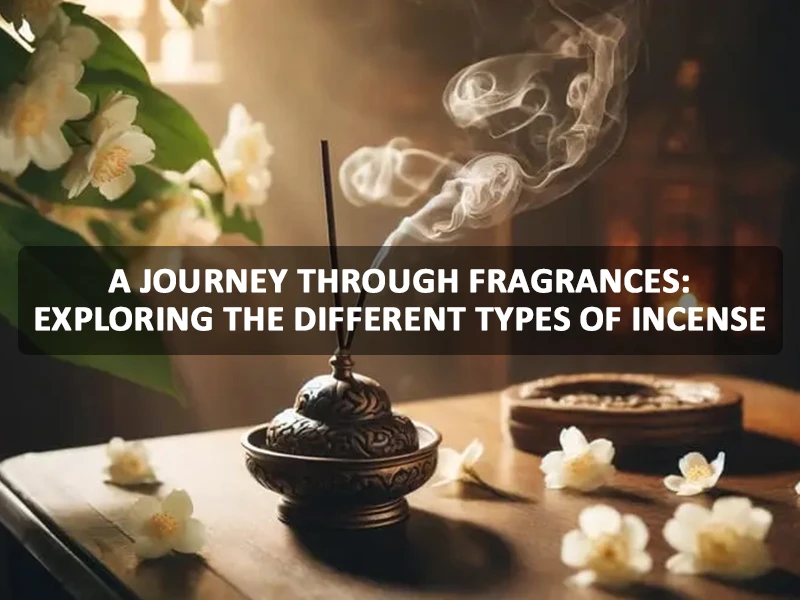






Leave a comment
Your email address will not be published. Required fields are marked *